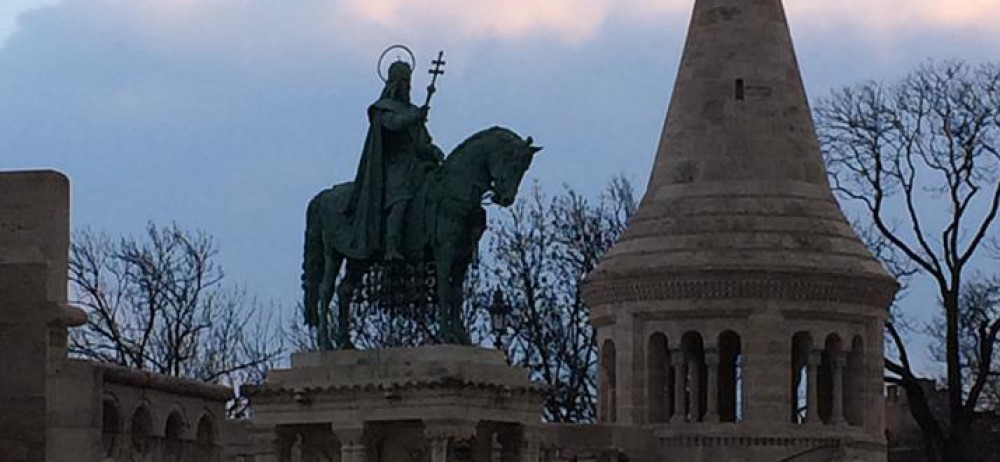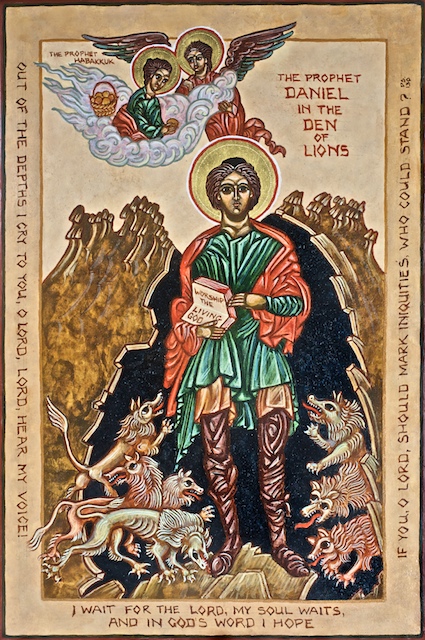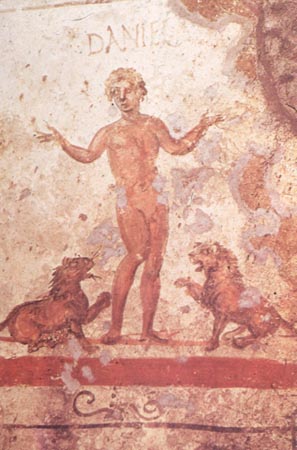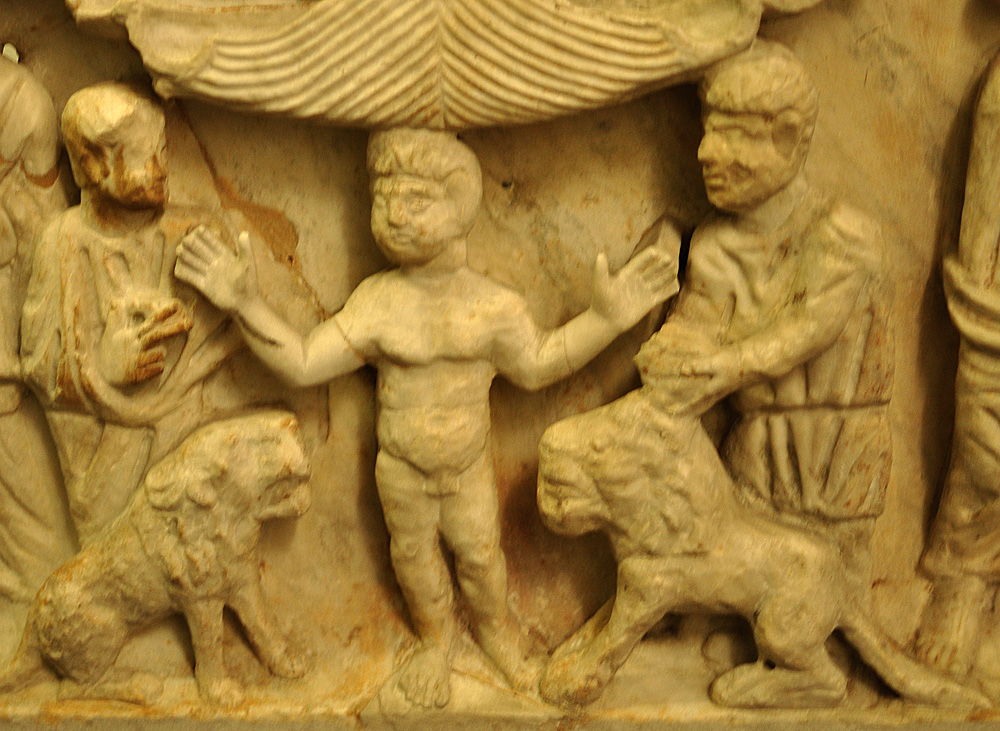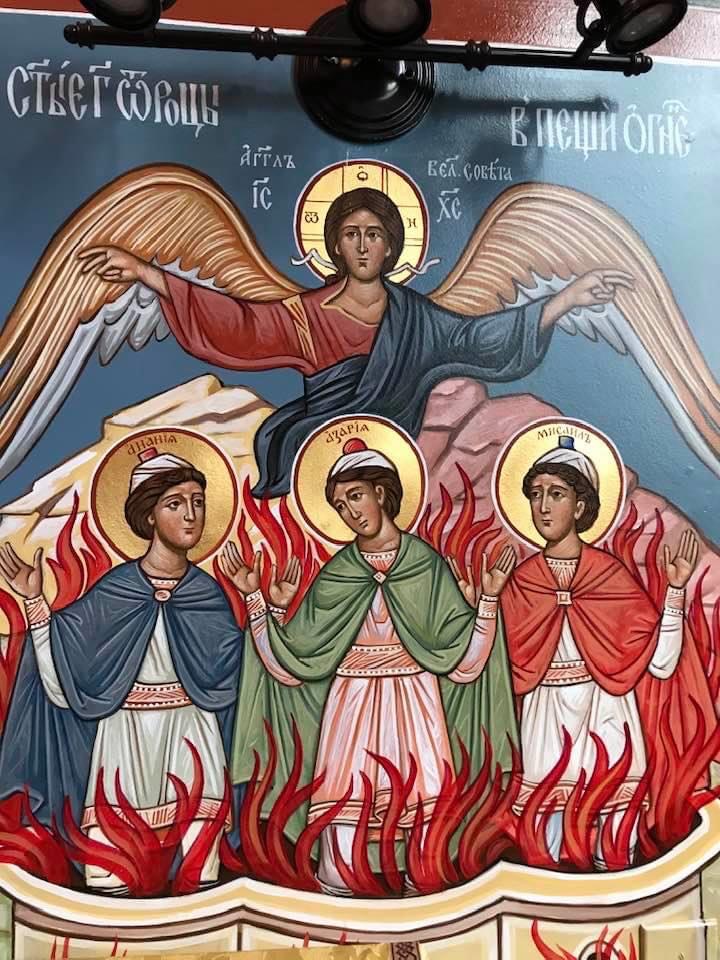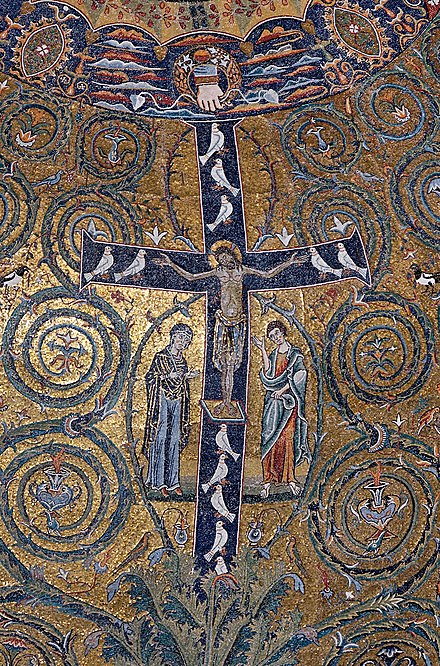
For just as the body is one and has many members and all the members of the body, although many, are one body, so also is Christ…. If the foot says, “Because I am not a hand, I am not of the body,” is it for this reason less a part of the body? (1 Cor. 12:12-15)
St. Paul was not the only one to talk about the Church as if it were a body. St. Jerome wrote
The Church has real eyes: its teachers and leaders who see the mysteries of God in the sacred Scriptures…. The Church has feet: those who make official journeys of all kinds. The foot runs that the hand may find the work it should do. The eye does not scorn the hand, nor do the eyes, hands, and feet scorn the belly as if it were idle and unemployed.
Homily 85 on the Gospel According to St. Matthew
I think the best example of body imagery is what St. Augustine wrote:
Aren’t the hairs of your head certainly of less value than your other members? What is cheaper and more despicable and lowly than the hairs of your head? Yet if the barber gives you a bad haircut, you become angry at him for doing a bad job and cutting your hair unevenly. But you are not as concerned about the unity of the members of the Church as you are about the hairs on your head.
On the Usefulness of Fasting 6
How new was all this body imagery? Philosophers who were writing at the same time as St. Paul also used body imagery as a way to talk about society. Seneca wrote:
What if the hands should desire to harm the feet or the eyes the hands? As all the members of the body are in harmony with one another because it is to the advantage of the whole that individual members be unharmed….
On Anger, 2.31.7
A Roman fable told the story of hands, mouth, and teeth rebelling against the stomach, with the result that the whole body is harmed. (Livy, History of Rome 2.32.7-33.1) Other fables and philosophers compared political unrest to disease or self-harm (such as cutting).
Jewish writers like Josephus and Philo also used body imagery. “As in the body, all the members get sick if the principal members are inflamed….” and the high priest asks for blessings in order “that every age and every part of the nation be regarded as a single body, united in one and the same fellowship, making peace and good order their aim.”
A few decades after St. Paul wrote, St. Clement of Rome also write to the Corinthians. St. Clement also used body imagery to appeal to the Corinthians to embrace harmony and set aside discord.
Let us take our body as an example. The head without the feet is nothing; likewise the feet without the head are nothing: even the smallest limbs of our body are necessary and useful for the whole body; but all the members conspire and unite in subjection, that the whole body may be saved.”
1 Clement 37
I highly recommend Raymond Collins’ commentary on First Corinthians in the Sacra Pagina series.
